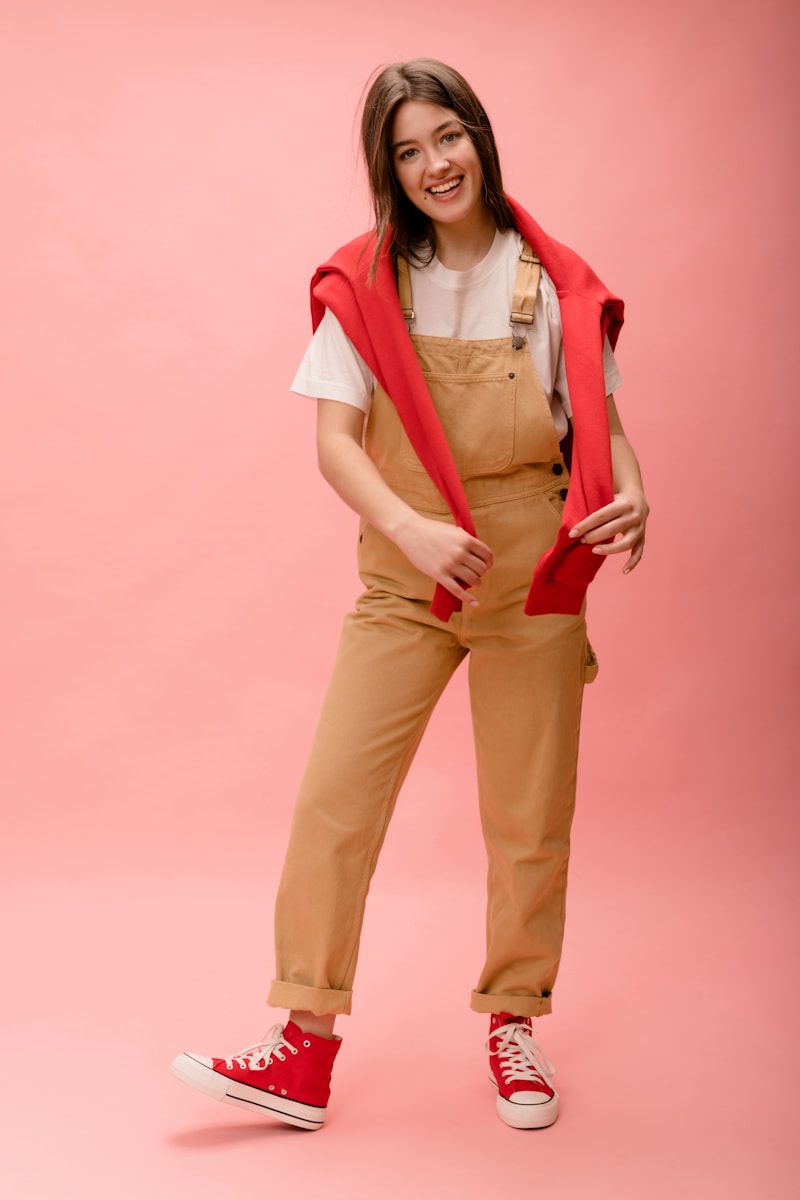In a world where first impressions often define perceptions, clothing continues to serve as a primary language of identity, professionalism, and social cohesion. But as workspaces evolve, culture diversifies, and fashion grows more utilitarian, a new sartorial trend is quietly dominating the everyday wardrobe: the modern uniform. No longer limited to the factory floor, police department, or fast food counter, uniforms are being redefined—not by mandate, but by choice. Today’s modern uniforms blend function with form, uniformity with individuality, and tradition with innovation, tailoring the everyday look for a generation that values both efficiency and expression.
From Obedience to Intentionality: A Brief History of Uniforms
Traditionally, uniforms have signified hierarchy, belonging, and discipline. Whether it was the starched attire of nurses, the ceremonial garb of soldiers, or the utilitarian overalls of mechanics, uniforms historically indicated role, duty, and purpose. However, they were often imposed, offering little in the way of personal preference or comfort.
Fast forward to the 21st century, and the uniform has undergone a metamorphosis. No longer merely a symbol of institutional compliance, the modern uniform is now a calculated personal and professional strategy. It’s the black turtleneck of Steve Jobs, the gray suits of Barack Obama, the monochrome ensembles of Silicon Valley founders. These are not uniforms by prescription—but by design. They are wardrobes curated with intentional minimalism and psychological clarity.
The New Aesthetic: Uniformity Without Conformity
One of the core contradictions modern uniforms manage to resolve is how to embrace sameness without erasing self-expression. While classic uniforms are designed to remove identity, today’s are designed to empower it. Think of a capsule wardrobe composed of neutral tones, streamlined silhouettes, and high-quality fabrics. These pieces don’t shout for attention, but they speak volumes about purpose, discipline, and personal branding.
Unlike their traditional predecessors, modern uniforms are not about blending in—they’re about standing out by narrowing choices. This uniformity reflects not submission, but refinement. It allows wearers to focus on what matters most to them—be it their craft, mission, or state of mind.
For creatives, it could mean an all-black wardrobe that reduces distraction and communicates artistic clarity. For tech entrepreneurs, it may be a closet full of navy T-shirts and jeans, allowing energy to be conserved for decision-making. The message is simple: “I’ve thought deeply about what I wear, so I no longer need to think about it every day.”
Workwear in the Age of Hybrid Offices
The workplace has long been a domain where uniforms dominate, but in the post-pandemic era, the landscape has shifted. Hybrid and remote work arrangements have dismantled traditional dress codes, leaving many to wonder: what does “professional” look like now?
Enter the modern uniform.
Rather than reverting to the formality of blazers and heels or the complete casualness of sweatpants, workers are gravitating toward ensembles that hit the middle ground: structured yet comfortable, consistent yet versatile. Think tailored joggers, crisp t-shirts under soft blazers, monochrome outfits with a sharp silhouette. These new uniforms reflect the demands of digital professionalism—presentable on Zoom, practical for working from the couch, and effortless to maintain.
Even companies are taking note. Brands like Everlane, Aday, and M.M. LaFleur have built entire collections around the idea of the modern uniform—wardrobes curated not for fashionistas, but for real people with real schedules and evolving workspaces.
The Psychology of the Everyday Uniform
There is a psychological liberation in uniformity. When one reduces wardrobe choices, mental energy is preserved—a phenomenon known as decision fatigue. This is the very principle that motivated public figures like Jobs and Zuckerberg to wear the same outfit daily. What began as efficiency has since become emblematic of focus and discipline.
But beyond efficiency, uniforms instill a sense of identity. When a person dresses consistently, they begin to develop a sartorial signature. This has an anchoring effect—both internally and externally. Internally, it creates stability in one’s daily rituals. Externally, it builds recognition and trust. People remember consistency, and a modern uniform helps cultivate that.
Moreover, uniforms serve as psychological armor. Putting on a designated “work” outfit, even at home, can signal to the brain that it’s time to shift from rest to productivity. It creates mental boundaries in a world where physical ones are often blurred.
Gender Neutrality and the Democratization of Dress
Another defining feature of the modern uniform is its gender fluidity. Today’s uniforms are less about reinforcing traditional gender roles and more about maximizing functionality, comfort, and elegance for all. Unisex designs are gaining traction, with brands offering minimalist garments that don’t cater to binary expectations.
This democratization of dress is as much a social shift as it is a fashion trend. It reflects changing attitudes toward identity, autonomy, and inclusion. By removing the need to dress a certain way based on gendered assumptions, the modern uniform frees individuals to dress with intention, not obligation.
Minimalism as Empowerment, Not Sacrifice
Some critics argue that uniforms—modern or otherwise—promote monotony and suppress creativity. But this criticism misses the larger point: modern uniforms are chosen, not imposed. They are the result of editing one’s wardrobe down to the essentials that work, feel good, and align with one’s goals. This form of minimalism is empowering.
It is the same philosophy that drives the minimalist movement in architecture, design, and lifestyle. Strip away the noise, and you’re left with clarity. This is not austerity—it’s elegance born of precision.
The modern uniform invites us to reconsider the role of clothing not as decoration, but as a tool. A tool for expressing consistency, discipline, and individuality. And for many, that’s far more empowering than chasing trends.
Modern Uniforms and Cultural Symbolism
Across cultures, uniforms have always carried symbolic weight—signaling tribe, rank, or purpose. The modern uniform, though seemingly plain, is rich in symbolism of its own. It says: “I value time. I know myself. I dress for function, not fuss.”
It reflects a cultural moment where values like authenticity, intentionality, and sustainability are replacing excess and spectacle. In many ways, it’s a quiet rebellion against the fast fashion industry and the relentless churn of trends. It’s a movement toward slow, conscious style.



